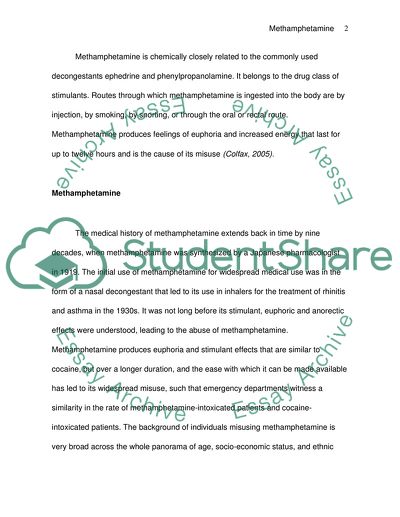Cite this document
(“Psychopharmacology on Methamphetamine Coursework”, n.d.)
Psychopharmacology on Methamphetamine Coursework. Retrieved from https://studentshare.org/health-sciences-medicine/1721191-psychopharmacology-on-methamphetamine
Psychopharmacology on Methamphetamine Coursework. Retrieved from https://studentshare.org/health-sciences-medicine/1721191-psychopharmacology-on-methamphetamine
(Psychopharmacology on Methamphetamine Coursework)
Psychopharmacology on Methamphetamine Coursework. https://studentshare.org/health-sciences-medicine/1721191-psychopharmacology-on-methamphetamine.
Psychopharmacology on Methamphetamine Coursework. https://studentshare.org/health-sciences-medicine/1721191-psychopharmacology-on-methamphetamine.
“Psychopharmacology on Methamphetamine Coursework”, n.d. https://studentshare.org/health-sciences-medicine/1721191-psychopharmacology-on-methamphetamine.


